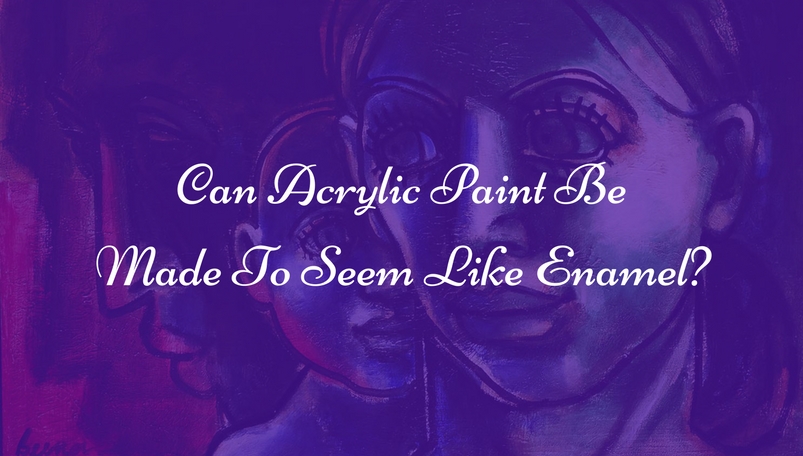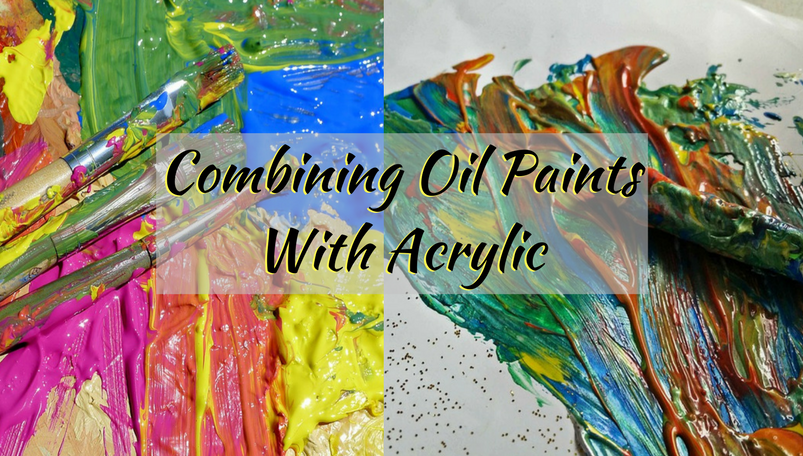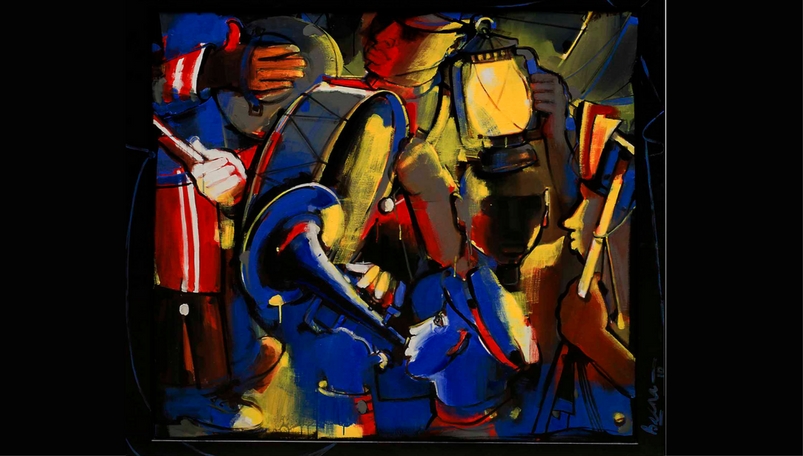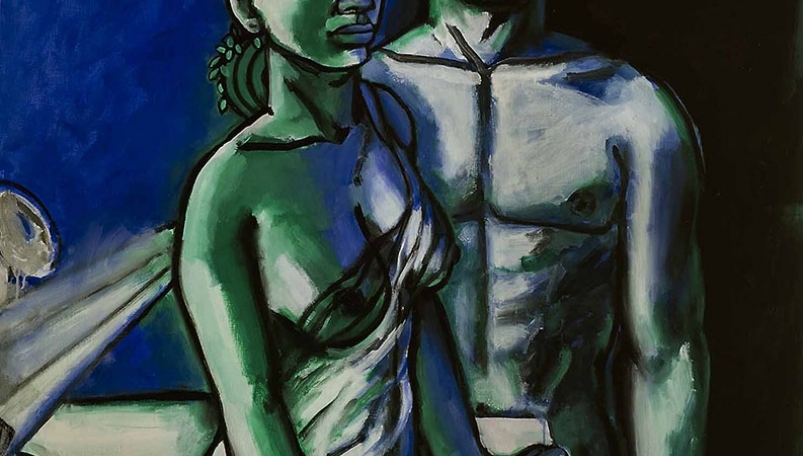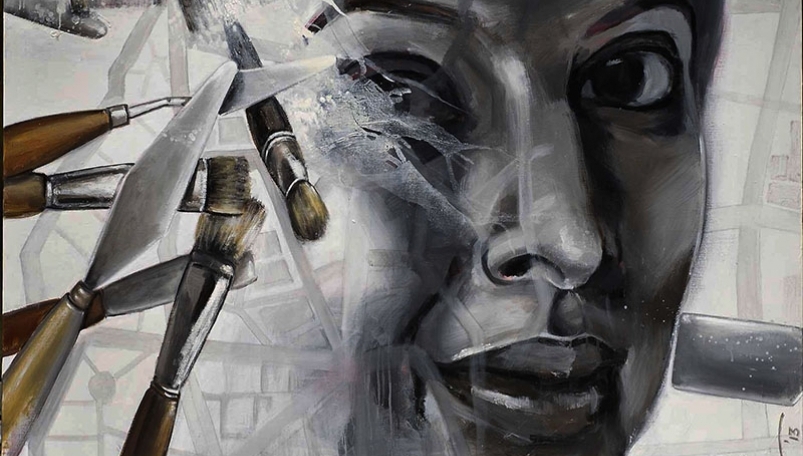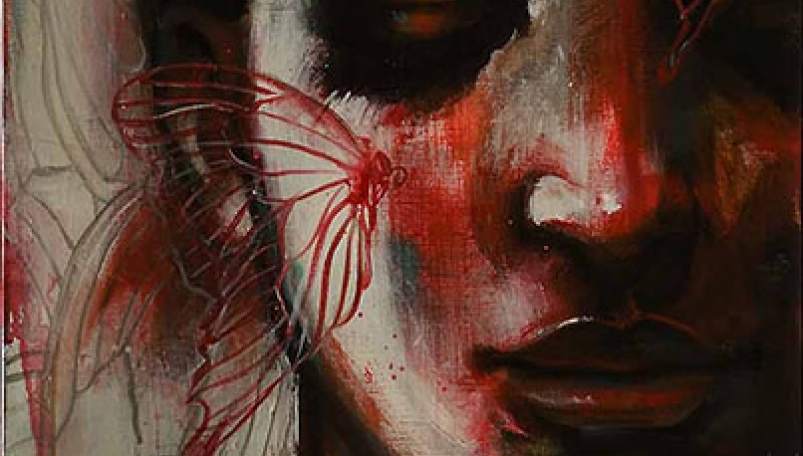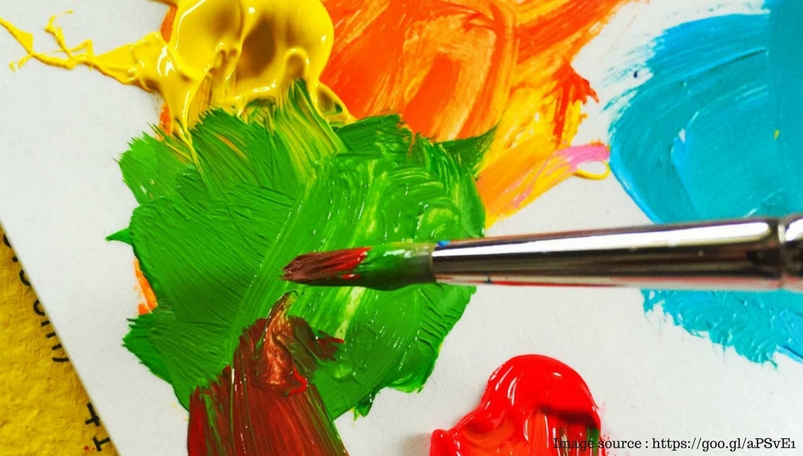
Paint Mixing Techniques To Create Colorful Acrylic Painting
When creating a masterpiece using acrylic paints, not always would you find all colors that you need readily available on the palette. It is practically impossible to have all the shades present at the start, but fortunately, most of them can be easily achieved by combining the basic ones. For instance, yellow and blue can be mixed in varying degrees to obtain different types of green, each of them with a different intensity, texture and temperature. Now, the technique that you choose to obtain a particular hue would play a significant role in defining your style.
Let’s take a look at the acrylic mixing techniques which are commonly preferred for creating colorful acrylic paintings on canvas :
Combining On Palette
This is by far the most popular technique used for mixing two different acrylic colors in order to get a third one. The primary shades are concocted carefully until the desired hue is obtained in the right variation. The biggest plus point of this method is that it can be utilised to get literally any variation of a particular color, which is why it’s a favourite of most artists.
Optical Mixing
Optical mixing is characterised by combining of the two different colors in separate strokes in such a way that the eyes of a viewer perceive them as one. Either one or the other is applied using one hand followed by the next, or they are applied together with both hands. Any of these mixings can be done using a large or small brush.
Scumbling or Glazing
In this method, anyone of the primary colors is applied first on the canvas. After that, the second color is deployed over it in a low density glaze. The opposite can be done as well in order to access a different set of variations.
Mixing On Support
As the name suggests, this mixing technique involves combining a color on the support directly, and is also referred to as ‘wet-into-wet’. Although the method requires the acrylic paints to remain wet, making it perhaps the least preferred in the list, it provides a more uniform mix.
So if you are thinking that you cannot complete an acrylic painting due to absence of the exact colours, think again. They’re already laid in front of you, all you need to do is mix them.
Liked this post? Then why not stay connected to my blog space for more like it? See you next time.
Comments
No comments found!

